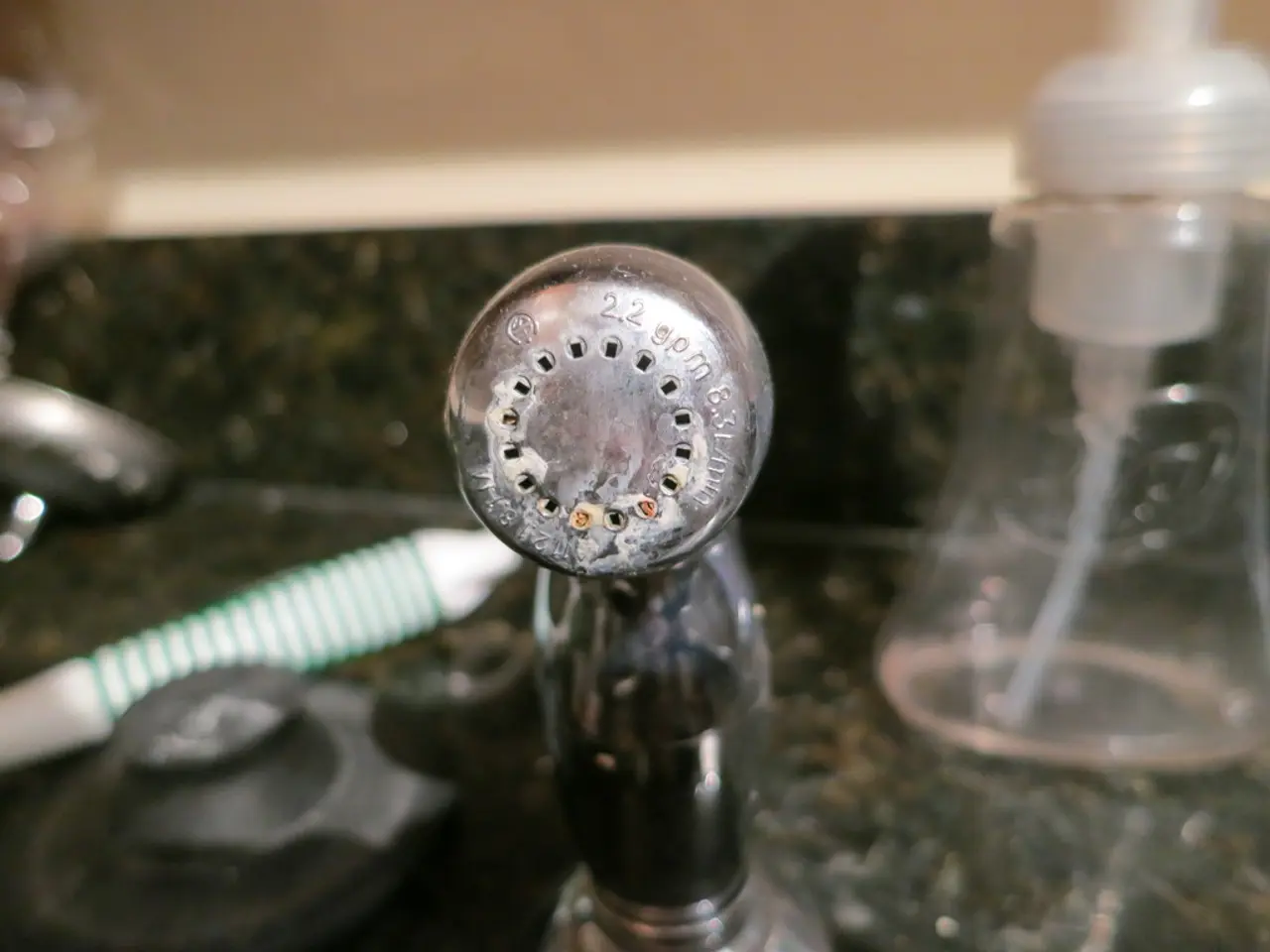Investigating Electrical Power Consumption: What is the Actual Amperage Used by a 1.5 HP Well Pump?
A well-functioning 1.5 HP well pump is essential for a reliable water supply. However, if your pump is drawing more amperage than expected, it could indicate a problem. This article explores the factors affecting a well pump's amperage draw and provides guidance on accurately measuring it.
The actual amperage draw of a 1.5 HP well pump varies based on several key factors. These include pump load and operating conditions, voltage and phase, motor efficiency and power factor, pump type, and matching to application.
Pump load and operating conditions influence amperage due to the hydraulic demand such as water flow rate, pressure requirements, and any system restrictions or back pressure in the piping. A pump working harder to overcome higher pressure or flow restrictions will draw more current.
Voltage supply and whether the motor is single-phase or three-phase also affect amperage. For instance, a typical 1.5 HP pool pump motor might draw about 12.8 amps at 115 volts or 6.4 amps at 230 volts for single-phase motors.
Motor efficiency and power factor play a role in amperage as well. A well-maintained, efficient motor running near its rated load draws near the rated current, but a motor under or over-loaded or with power factor issues may draw different currents.
The specific pump type and how well it matches the system demand also influence the current draw, as hydraulic conditions directly impact mechanical load and thus electrical current.
To accurately measure the pump’s amperage draw, use a clamp meter around one of the motor power supply conductors while the pump is running under normal operating conditions. Measurements should be taken with the pump operating at expected flow and pressure, as amperage changes with load conditions. For more detailed analysis, a plug-in power meter or three-phase power analyzer can be used.
Regular maintenance, water conservation, and the installation of a variable frequency drive (VFD) are steps that can be taken to optimize the efficiency of a well pump. To troubleshoot high amperage draw, check the voltage supply, inspect the pump for signs of damage, check the impeller for clogs, test the capacitor, and consult a well drilling professional if you suspect a leak in the well piping.
Accurately assessing the amperage draw of a 1.5 HP well pump is crucial for circuit breaker sizing, wire gauge selection, generator sizing, energy consumption monitoring, and measuring amperage draw with an ammeter. The appropriate circuit breaker size for a 1.5 HP well pump depends on the pump's voltage and amperage draw, with a circuit breaker rated for at least 125% of the pump's full-load amperage (FLA) being a suitable choice.
In conclusion, understanding the amperage draw of your well pump is crucial for its safe and efficient operation. By following the steps outlined in this article, you can accurately measure the amperage draw of your 1.5 HP well pump and ensure its optimal performance. Always remember to take safety precautions when working with electricity.
In the context of maintaining a well pump's performance, understanding factors like pump load and operating conditions, voltage and phase, motor efficiency and power factor, pump type, and matching to application are essential, as they influence the pump's amperage draw. Furthermore, regular maintenance, water conservation, and the installation of a variable frequency drive (VFD) can optimize the well pump's efficiency and contribute to accurate amperage assessment, helping with circuit breaker sizing, wire gauge selection, generator sizing, energy consumption monitoring, and ammeter measurements.




